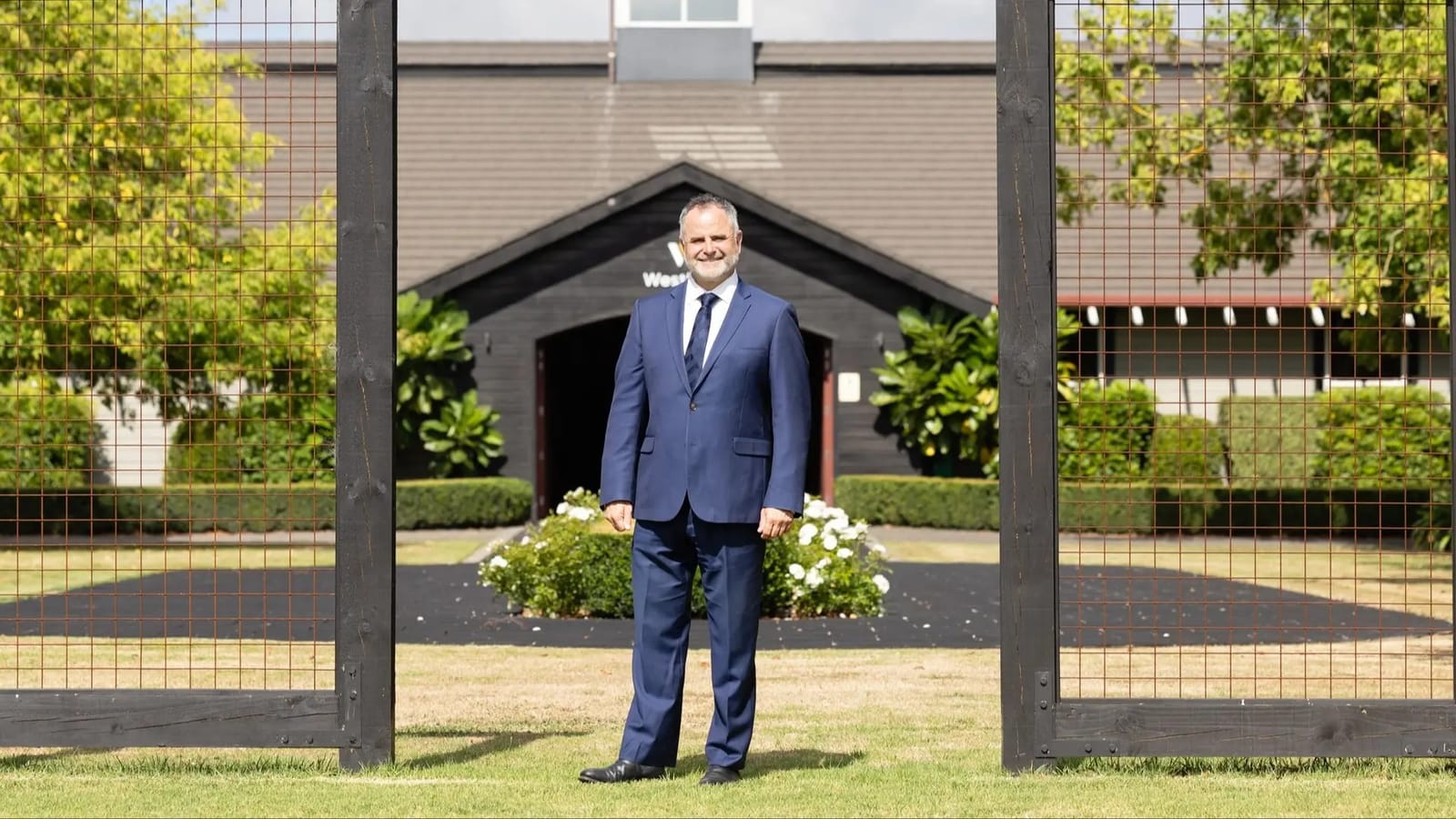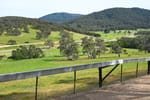Matt Ballesty may have been a surprise choice as the new chief executive officer of New Zealand Thoroughbred Racing but having a light racing industry pedigree is not a bad thing for someone expected to change things up at NZ racing’s governing body.
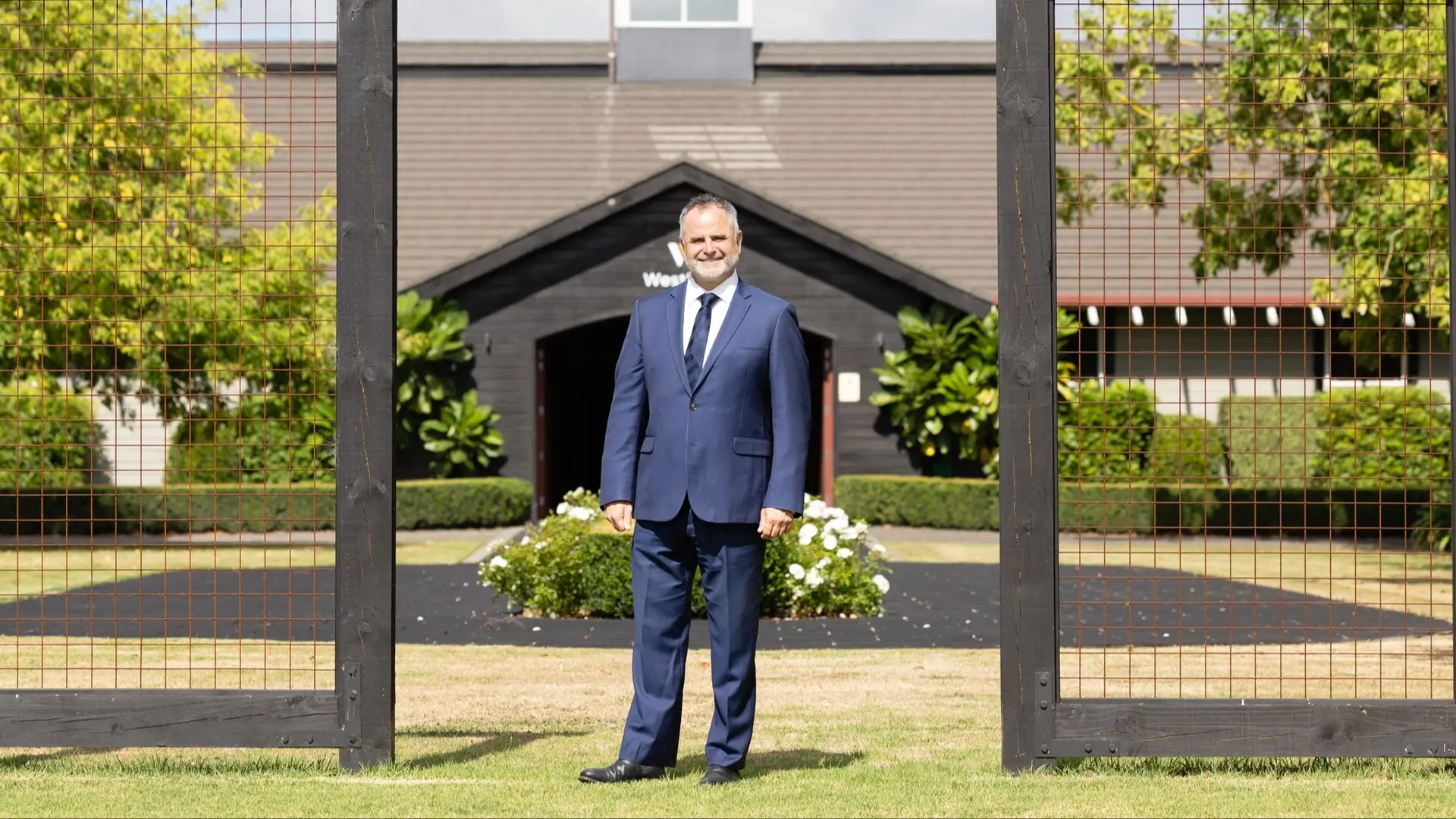
The initial five years of the 25-year Entain agreement, a deal worth a minimum NZ$900 million, was always going to be the most crucial to its success, and ultimately the long-term viability of the New Zealand racing industry.
By the time Ballesty, who has extensive experience in casinos and hospitality and has done some consultancy work in the racing industry, takes control, nearly two of those first five years will have elapsed, with a lot still to be ticked off to meet the terms of the deal.
There is a huge opportunity, helped by the prospect of a considerable share of the additional $100 million to be secured by the New Zealand government’s pending geo-fencing legislation which will give Entain/TAB NZ a virtual monopoly.
But there are a host of existing challenges that will need to be met. We’ve identified what we think are the top five priorities for the new CEO.
1 - Executive refresh
Any time a CEO is appointed from not only outside an organisation but also outside an entire industry, there is the likelihood they have been given a mandate to make whatever change is necessary to get things working. With time pressing to resolve a host of challenges, Ballesty will want to hit the ground running and make the call quickly on what is wheat and what is chaff.
There is plenty of operational experience at his disposal in the existing team, something he might find helpful as he gets his head around the finer details of the thoroughbred business, but when it comes to formulation and executing a strategy to meet to challenges below, he will likely look to enlist additional help.
There was a strategic plan put together by the previous administration, encompassing 2024 to 2028, but the published document looks light on detail, and more akin to a powerpoint presentation than a strategic document.
2 - Venue rationalisation
A key aspect of the Messara Report, venue rationalisation has been an ongoing theme in New Zealand racing for a long time. Messara recommended the number of tracks drop from 48 to 28. It is currently at 35.
Axing racing venues and rationalising race club costs is not politically palatable and will win Ballesty few friends, but every review of NZ racing starts with the unsustainable club structure.
A venue plan released by NZTR in 2024 proposed no major changes to venues over the next five years, somewhat remarkable given what Messara and others had outlined. What it did do was encourage clubs to “develop solutions for racing and training in their regions for the benefit of the industry as a whole”.
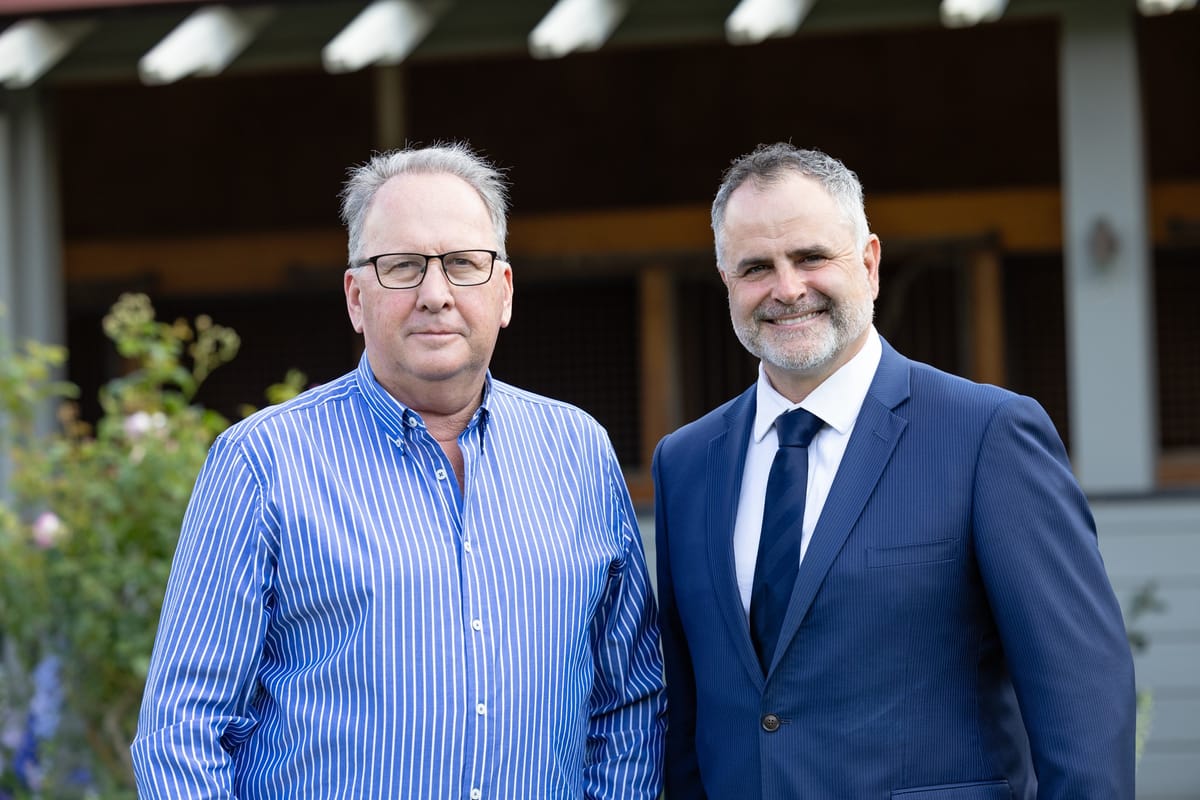
This is why the issue has not been resolved. There is little incentive for clubs to vote themselves out of existence, while NZTR is not empowered to undertake the cuts itself without government intervention.
Ballesty needs to be the galvanizing influence on this issue, bringing together clubs to work for the greater good, and achieve the long-needed rationalisation for the other initiatives to have the desired impact.
3 - Keep New Zealand’s best horses in New Zealand
New Zealand owners and trainers - particularly the latter - have become very adept at trading horses, be it to Australia or Hong Kong. While the recent boost in prize money and the development of races like the NZB Kiwi have helped move the dial, the best horses still seem to find their way out of the country. Just this week, Leica Lucy, the NZ Oaks favourite, was sold to Ozzie Kheir and transferred to Chris Waller.
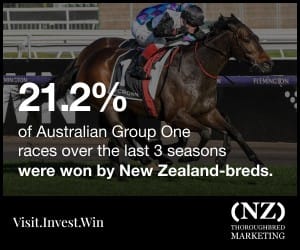
Given the record of NZ horses in Australia and Hong Kong’s best races, it is not surprising that they become targets, but if the offerings are stronger at home then fewer of them will be sold.
Prize money is a part of the solution, but so too is programming, ensuring horses have every opportunity to target the right races. That’s something that NZTR will have to prioritise with the clubs.
The reason why this is important as it has a knock-on impact on wagering turnover and engagement. The best horses attract the most betting interest, and that then flows through back to the industry.
The more those best horses run on home soil, the better.
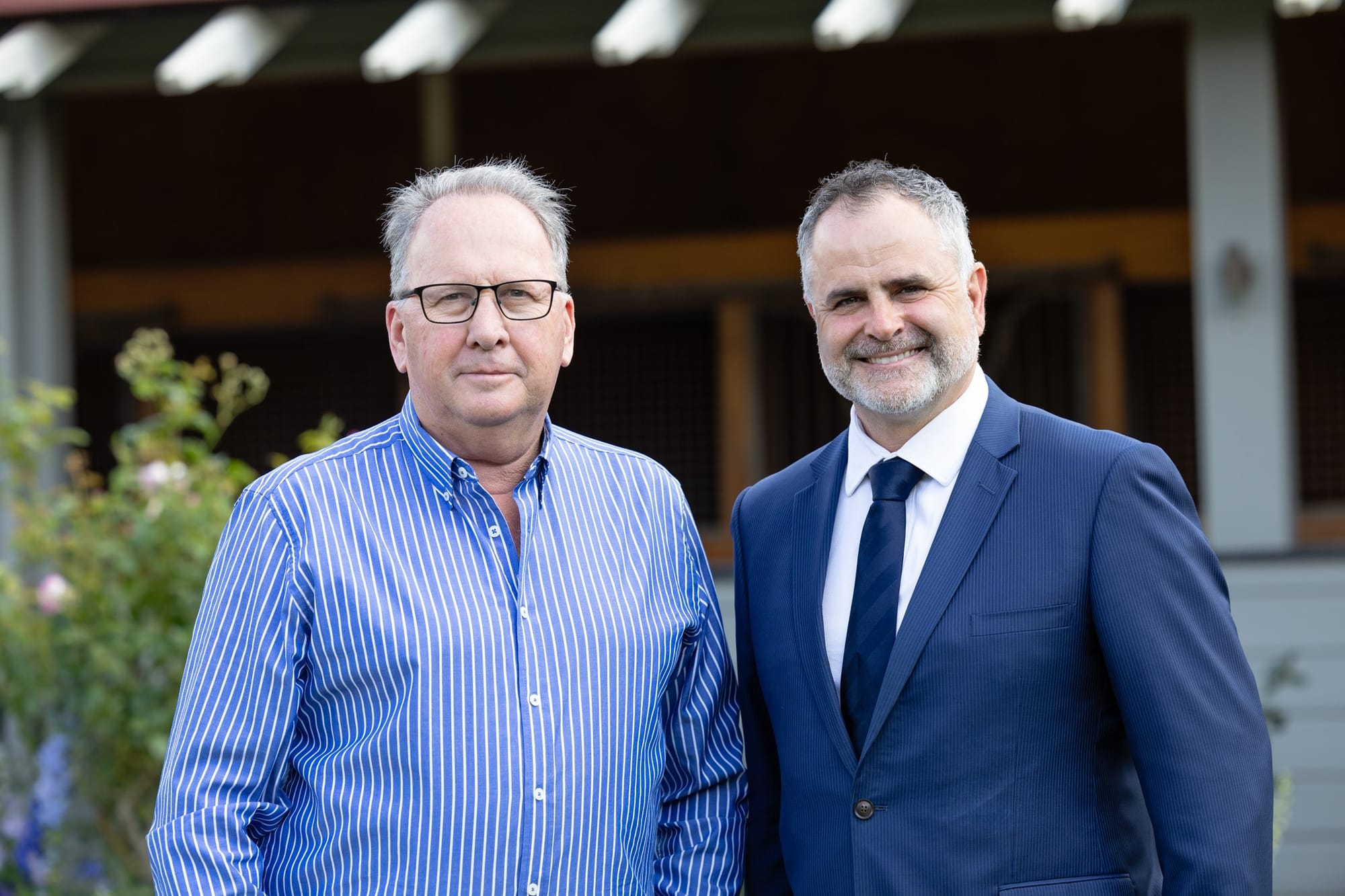
4 - Supercharge ownership
With extensive experience in casinos and hospitality, Ballesty will have a clear understanding of the importance of customers. Arguably the most important and most engaged customer of the racing industry is the owner, and they are also arguably the most neglected, not in just New Zealand but around the world.
As of the end of the last racing season, New Zealand had 14,633 owners, or around one in every 355 people. The corresponding figure in Australia is over 140,000, or one in every 191. The Australian ownership model is something NZ could aspire too, but the core number has remained in that same 14,000-15,000 range for the past four years.
While there has been marketing campaigns to drive interest in ownership, what is needed is a game-changing strategic approach to empower the establishment of more syndicates and encourage the ownership experience. It is an initiative that has to be driven by NZTR, led by the CEO.
5 – Fix the tech
Sounds boring doesn’t it, shoring up the technology platform which underpins the function of the industry. But it is extremely important and, from all reports, in desperate need of an upgrade.
The Straight reported last year that NZTR had abandoned a $4 million project with Racing Australia which was designed to utilise the SNS (Single National System) to upgrade the New Zealand data system, including the stud book.
With that project shelved, there hasn’t been a solution put forward on how the current platform will be updated. That issue should be front and centre on Ballesty’s agenda.
But it is not just the technological implications. The current system is a drain on resources as well, with manual data entry being used where automated processes could be employed. Processes such as ownership and race entry are needlessly laborious.
New Zealand is by no means the only jurisdiction with antiquated technical processes. However, innovation is listed as the second value of NZTR’s 2024-2028 strategic plan and you can’t live up to that while you still rely on pen and paper.
Dragging the technical administration of NZ racing into the 21st century would be a huge sign of intent from Ballesty that the status quo is not acceptable.

